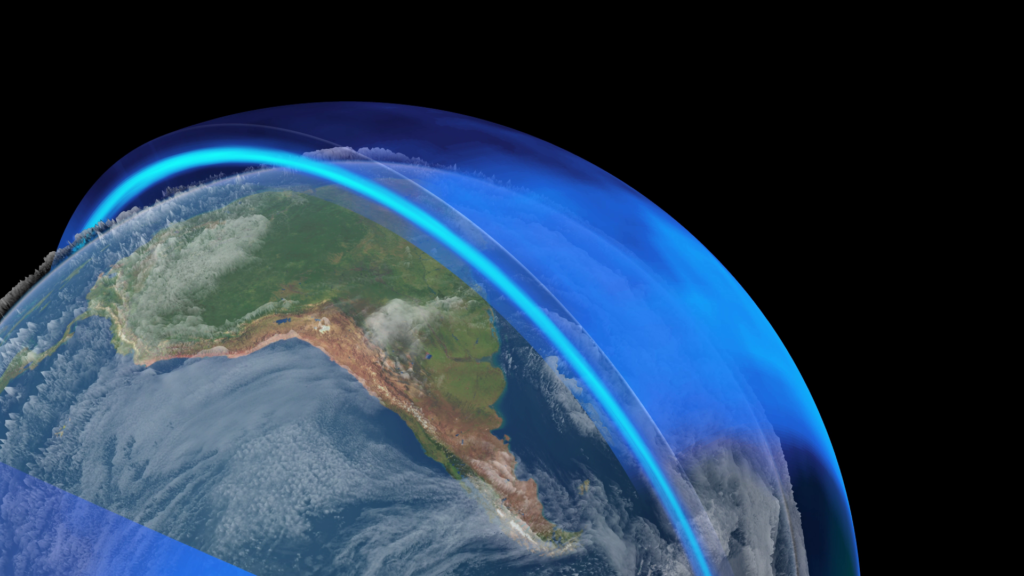Ozone is created in the upper layer of the atmosphere by the interaction between oxygen molecules and the sun's ultraviolet radiation. In the lower atmosphere, ozone forms due to chemical reactions between pollutants such as vehicle exhaust fumes and other emissions.
A new study has revealed that changes in ozone levels in the upper and lower atmosphere were responsible for nearly a third of the observed warming in ocean waters off Antarctica in the second half of the XNUMXth century.
Deep and rapid warming in the Southern Ocean affects its role as one of the key regions to absorb excess heat as the planet warms.
Most of this warming was a result of the increase in the ozone layer in the lower atmosphere. Ozone is already dangerous as a pollutant, but research shows that it can also play a significant role in the evolution of climate change in the coming years.
Michaela Hegglin, associate professor of atmospheric chemistry at the University of California Riverside, and one of the study's authors, said: "Ozone near the Earth's surface is harmful to people and the environment, but this study reveals that it also has a major impact on ability of the ocean to absorb excess heat from the atmosphere. These findings are a wake-up call and underscore the importance of regulating air pollution to prevent rising ozone levels and an even greater rise in global temperature.”
This investigation by an international team of scientists was published in the journal Nature Climate Change.
The team used mathematical models to simulate changes in ozone levels in the upper and lower atmosphere between 1955 and 2000, to isolate them from other influences and add to the currently poor understanding of their impact on southern ocean heat absorption.
These simulations showed that a decrease in ozone in the upper atmosphere and an increase in the lower atmosphere both contributed to the observed warming of ocean waters due to the global increase in greenhouse gases.
Investigations revealed that ozone build-up in the lower atmosphere caused 60% of the ozone-induced global warming recorded in the southern ocean during the study period, much more than previously thought. This was surprising because tropospheric ozone increases are primarily considered a climate force in the northern hemisphere, as that is where the main pollution occurs.
Ozone filled newspaper headlines in the 80s, when a hole was discovered in the ozone layer in the atmosphere over the South Pole, due to damage caused by chlorofluorocarbons (CFCs), a gas used in industry and consumer products. . This discovery led to the Montreal Protocol, an international agreement to end CFC production.
The ozone layer is vital as it filters out dangerous ultraviolet radiation and prevents it from reaching the Earth's surface.
According to Hegglin, “We have known for some time that the depletion of the ozone layer in the upper atmosphere has affected the surface climate in the southern hemisphere. Our research has shown that the increase in ozone in the lower atmosphere due to smog, which occurs mainly in the Northern Hemisphere and escapes for the southern hemisphere, it is also a serious problem”.
“There is hope to find solutions, and the success of the Montreal Protocol in reducing the use of CFCs shows that international action is possible to avoid harm to the planet”, concluded the scientist.





















Comments